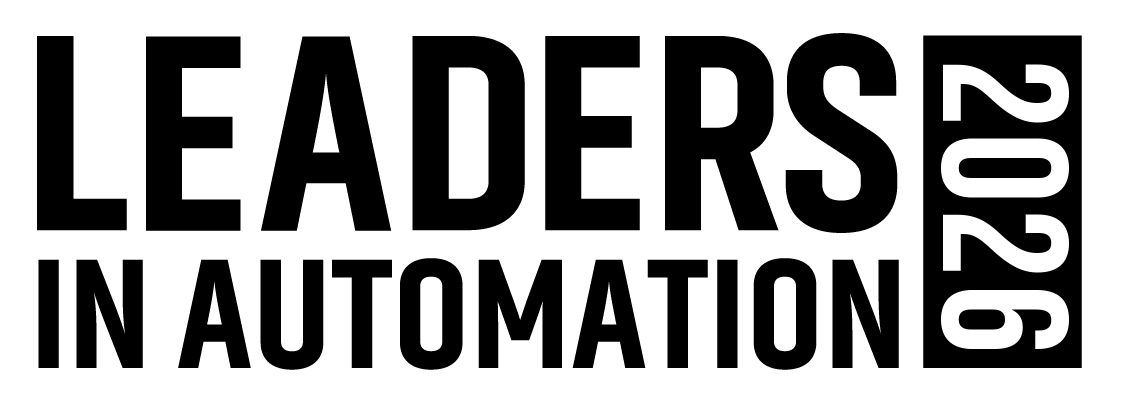A Clearer Path Forward for the Industrial Internet of Things
In February, two dominant industrial consortia for the Industrial Internet of Things (IIoT) met in Zurich, Switzerland, to consider the potential alignment of their respective reference architectures. With a successful meeting, Plattform Industrie 4.0 and the Industrial Internet Consortium (IIC) mapped the relationship between elements of the Reference Architecture Model for Industrie 4.0 (RAMI 4.0) and the Industrial Internet Reference Architecture (IIRA) and created a clear roadmap to ensure future compatibility and interoperability.
Perhaps it could not be otherwise, and the result is nothing more than the formalization of what was argued emphatically by everyone who has been involved in the Internet of Things (IoT) in an industrial environment.
On one hand, each consortium stressed the need to have actual standards that would enable the adoption and dissemination of the technologies involved. The lack of those standards was a profound contradiction to an approach that makes global connectivity, communication and interaction of objects the fundamental concept of IoT.
On the other hand, the lack of alignment between the two initiatives was not only detrimental to both, but absurd for all companies (Bosch, Siemens, SAP, Cisco, etc.) that, given their global presence, must be involved in both initiatives.
It is also important to consider the speed at which all the technologies involved are developing—speed that makes it extremely difficult and dangerous in an uncoordinated approach.
It is significant that the initiative was started by Bosch and SAP, which are steering committee members of both consortia. This, from my personal point of view, endorses, at least partly, what I wrote in a previous article: In such a dynamic world, an approach closer to standardization than realization (like Industrie 4.0) may be limiting, especially when on the other side of the world there is a more pragmatic “competitor” (IIC).
It remains to be seen how this union will be reflected in the future of our companies, committed to transform into reality those ideas that—until recently—were more marketing trends than technology solutions. But I think this new joint approach, which will take some time to become real and concrete, could significantly accelerate the progress of IIoT. In recent months, from my very small and subjective observation, I have seen a growth in specifications baptized as Smart Manufacturing, Industry 4.0 and IIoT—approaches sometimes a bit confused, but substantially aligned with the foundations and objectives of such initiatives.
The discussion of each approach created confusion and no clear and reassuring standard. With companies trying to figure out which road the big players were likely to choose and therefore which standards were more likely to create the market, the process of adopting IIoT at all has been delayed. In many cases, companies were taking their time to make decisions, often thinking more in terms of pilot projects than of real accomplishments.
The new clarity in the approach, the easier identification of standards and the stimulus of the big companies that identified a common and unambiguous way to move forward will surely result in the proliferation of initiatives and projects.
These do not need to be large projects. The IoT has scalability in its DNA due to the extreme fragmentation of devices involved and the use of a standard existing connectivity infrastructure, as well as cloud solutions (inherently adaptable). I expect, therefore, an increase in relatively small projects, enabling everyone to actually experience this new technological approach, to develop the skills and refine the technology. Pilot projects will be pervasive and expand quickly.
Let’s get ready to run!
Luigi De Bernardini is CEO at Autoware, a certified Control System Integrators Association member based in Vicenza, Italy. For more information about Autoware, visit the Autoware profile on the Industrial Automation Exchange.
About the Author
Luigi De Bernardini
CEO, Autoware

Leaders relevant to this article:
